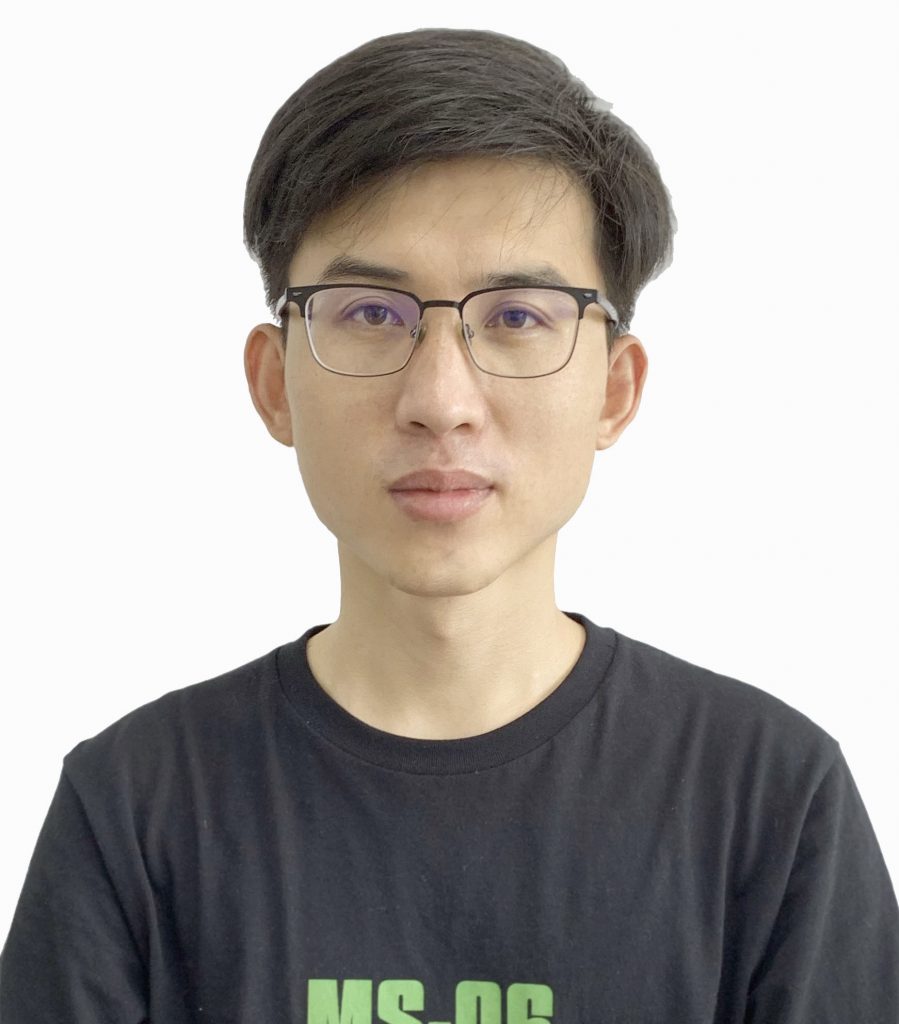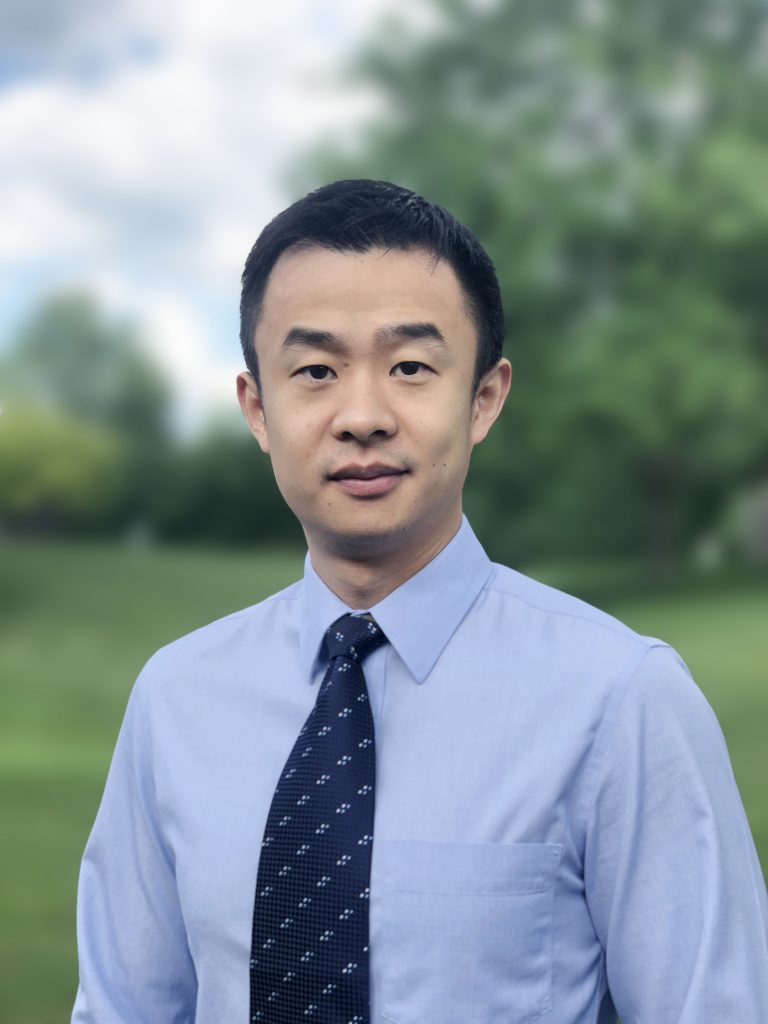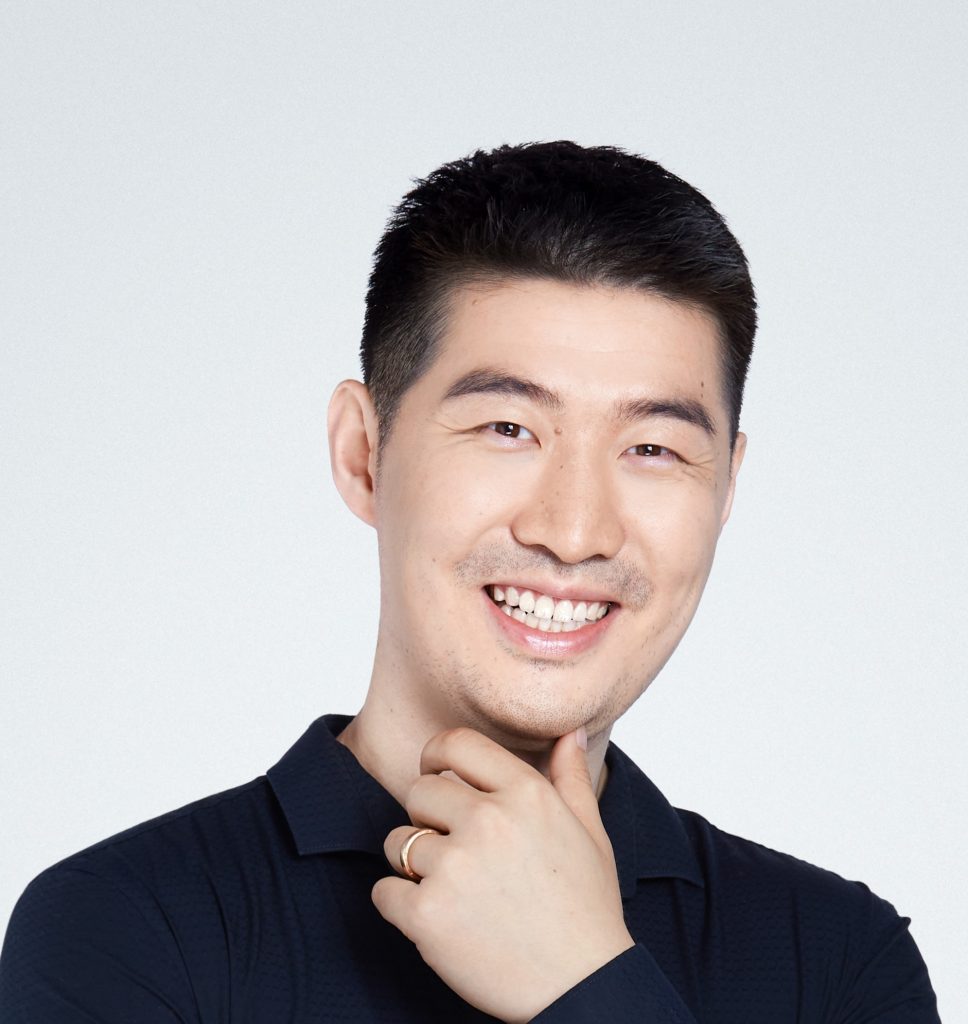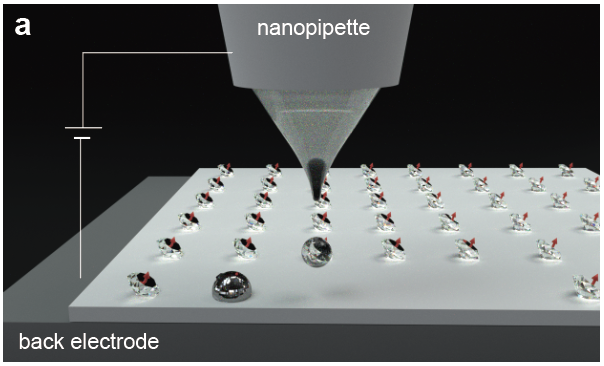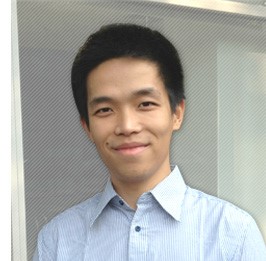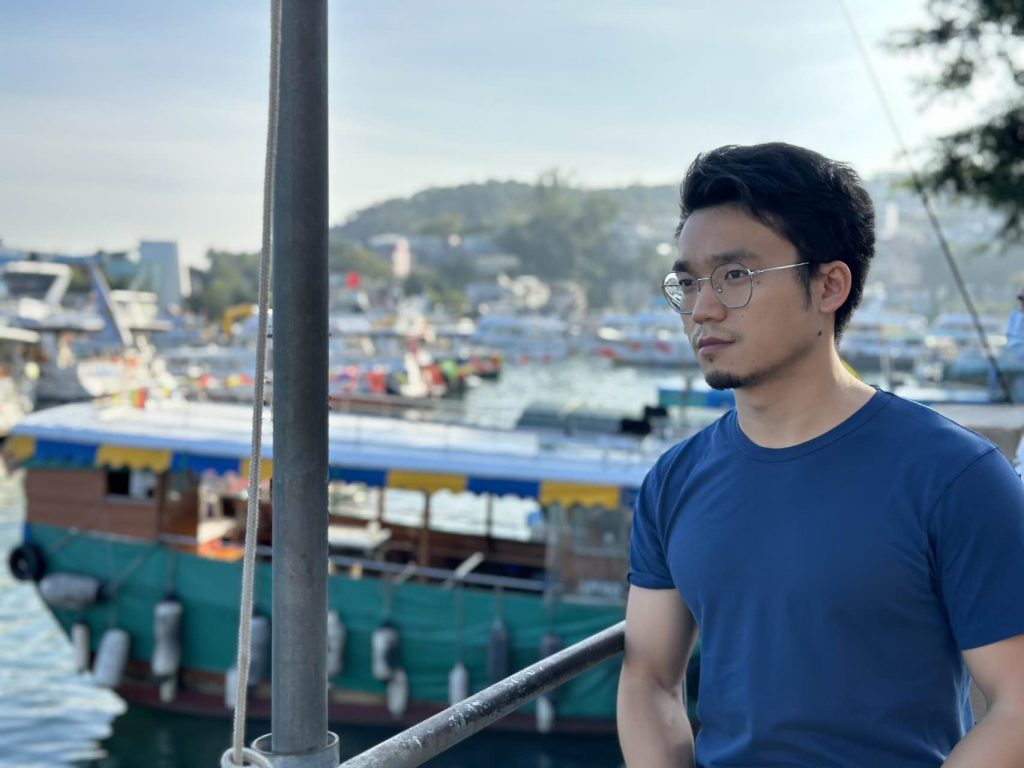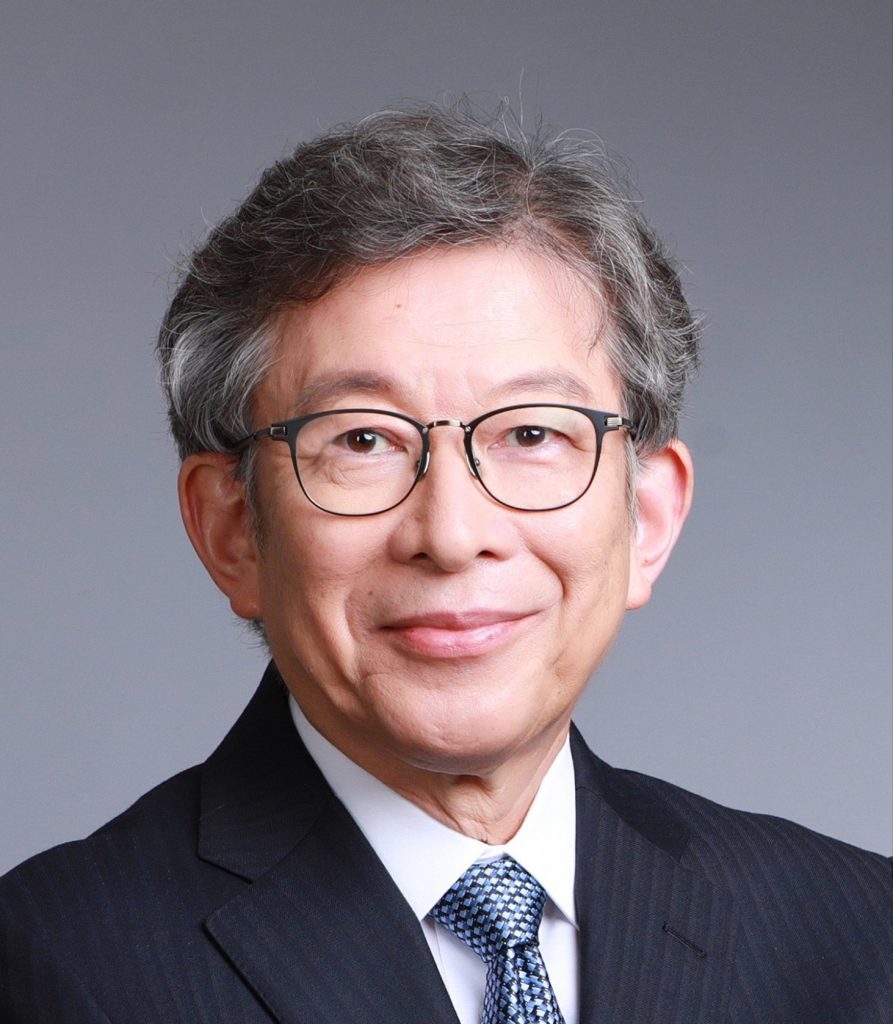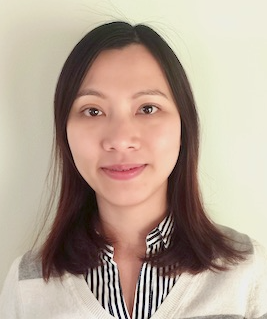Young Scholar TechTalk – Chip-scale Sensing: From Classical to Quantum Regime
Miniature optoelectronic sensors which have features of convenient, reliable, economic, ultra sensitive, and capable of real-time measurement are highly desirable nowadays. However, currently reported optical and electronic sensing devices are still hindered with complex optical components and bulky equipment. Hence, we hope to further minimize the volume of the sensing system and get rid of the dependence on complex, expensive and bulky sensing components. In particular, we demonstrate a micro-scale III-nitride chip that integrates a light emitter (LED) and a photodetector (PD) together, realizing the emission and detection of signals in a single miniature chip. Thus, we have applied the device into some classical sensing, such as pressure, salinity content and cell activities sensing. Additionally, we also conduct integration on the diamond based quantum sensing system, and demonstrate a compact chip architecture (sub ~mm3 volume) being capable of on-chip quantum sensing.

